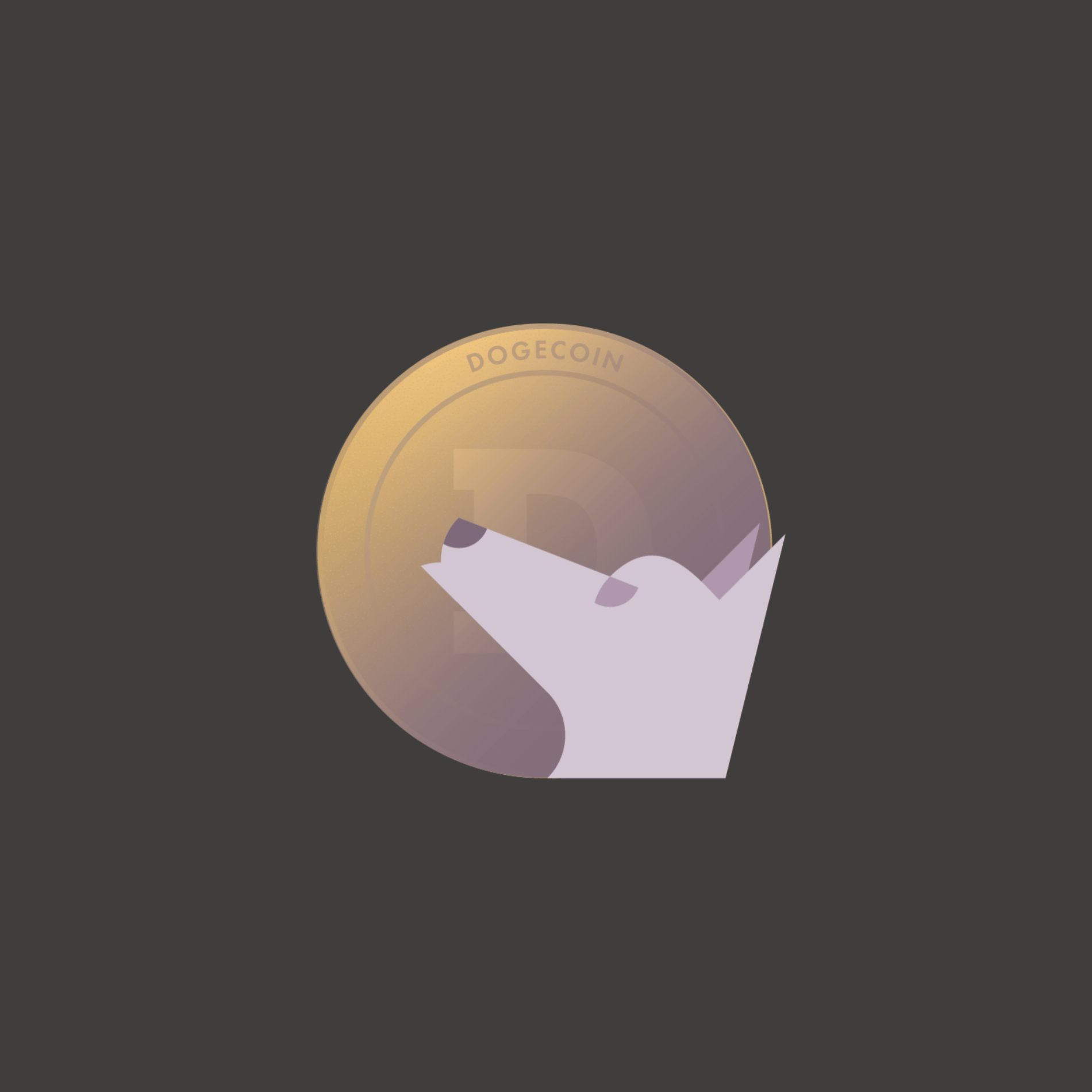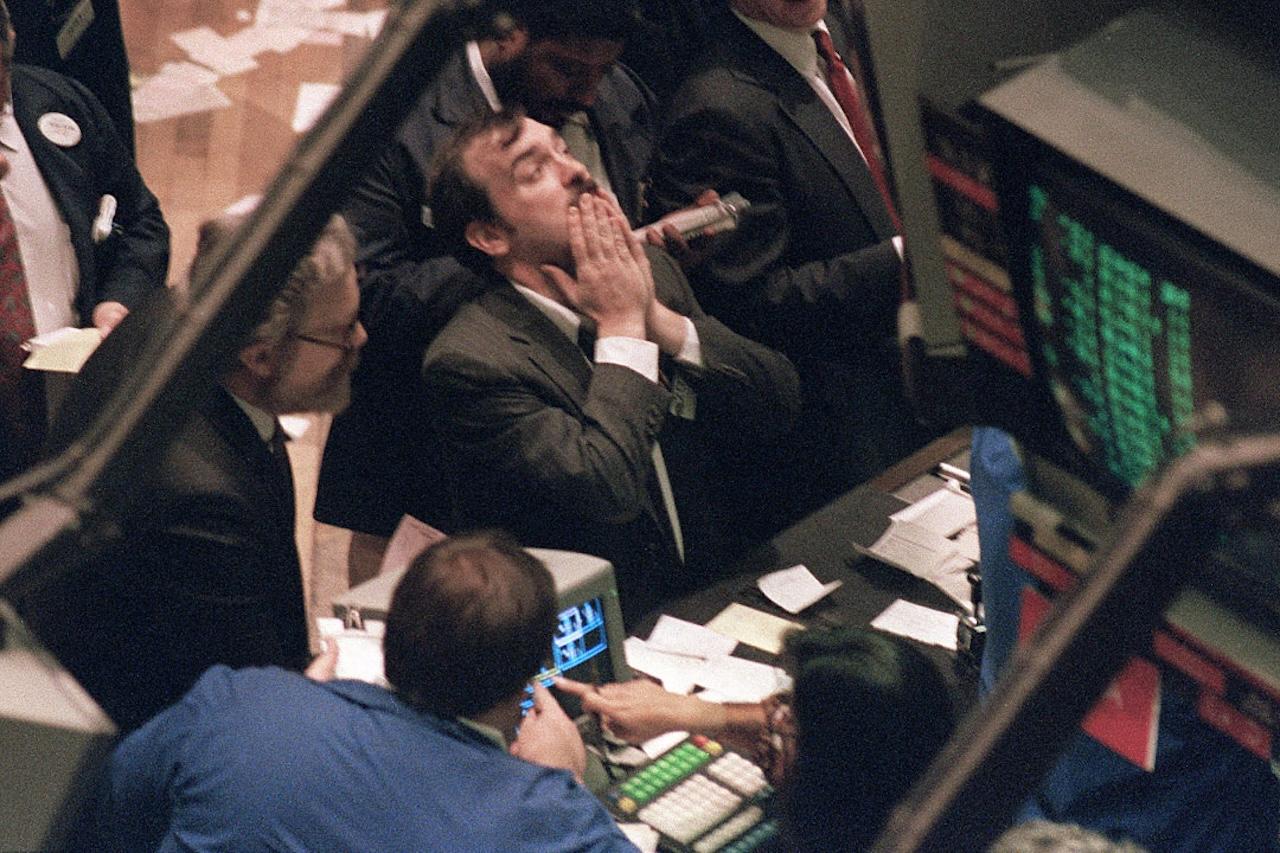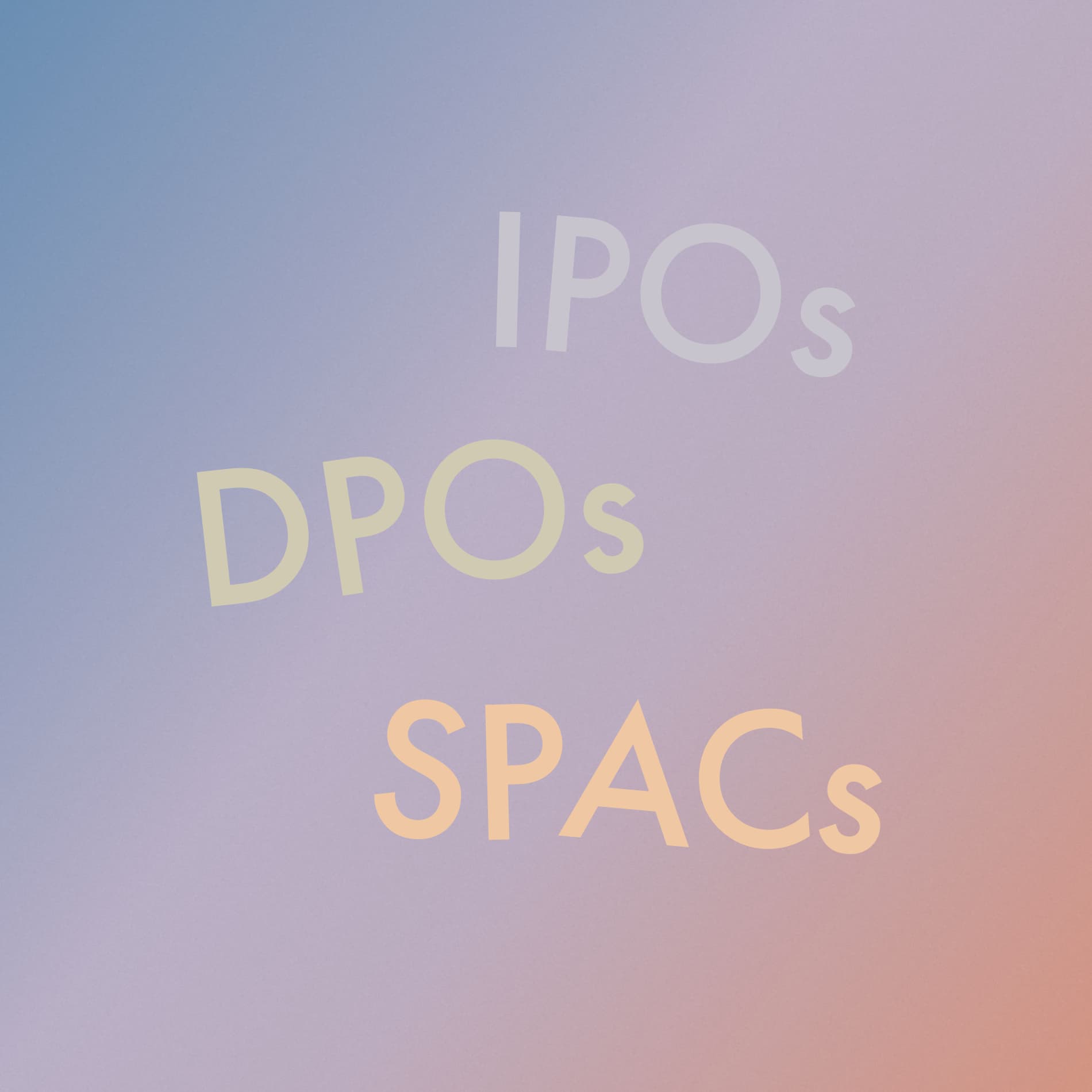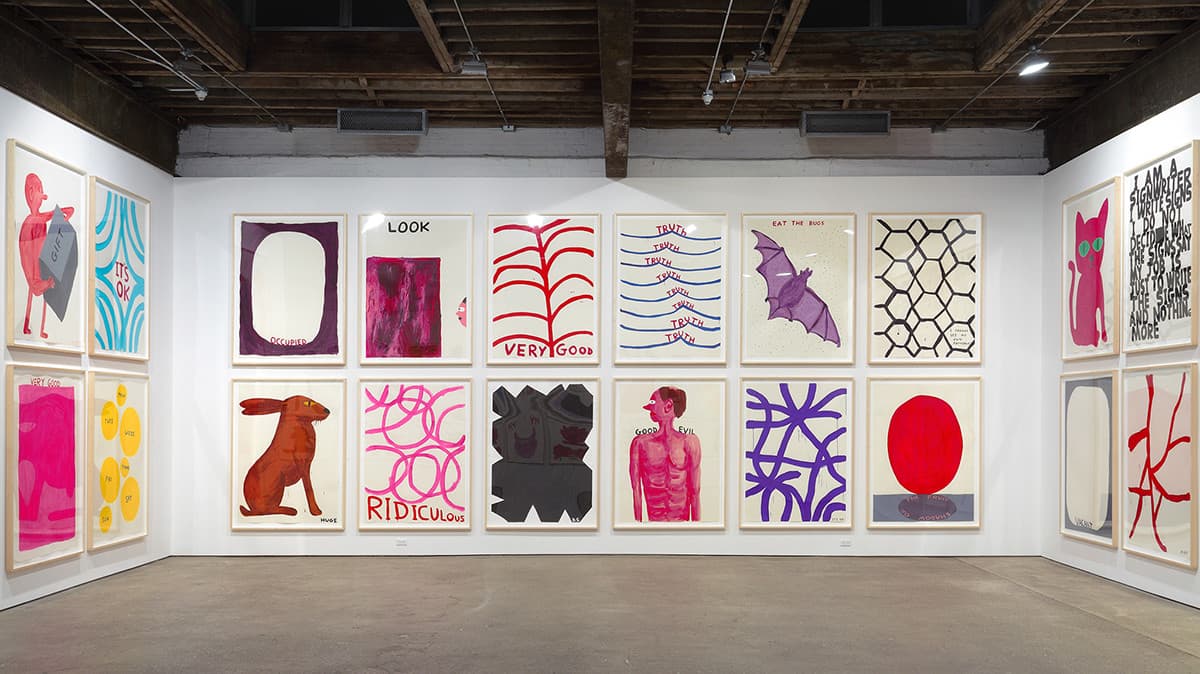
Finance for Humans
How to Start an Art Collection For the Price of Courtside Raptors Tickets
Even if you don't make millions, you'll make your world more rich. (You could also make millions).
Wealthsimple makes powerful financial tools to help you grow and manage your money. Learn more
If you don’t think buying art is a good way to make money, there are some pretty fancy numbers that argue otherwise. Consider the case of the artist Jacob Kassay. Kassay is known for making beautiful photo-mirrors by painting canvases with reflective metallic paint. The result is affecting, producing an eerie, crude reflection of the viewer. One of his paintings sold for about $4,000 at a gallery in New York City. That sounds expensive until you consider that nine months later the painting sold at auction for $150,000. That, if you’re keeping score, is a return of 3,650%.
But our advice is to put anecdotes like that out of your head.
Step One: Buy Art That You Love
Forget about making a 3,650% profit. Because while, yes, (good) art is a good financial investment, while (good) art tends to hold its value extremely consistently, while it is recession-resistant (at least during the last recession), while one study showed that investment-quality art tends to perform like bonds, with a return of about 2.5% a year—while all that stuff is true, it shouldn’t be the reason to buy art. The reason to buy art is because it moves you. Because every time you look at it, it makes you happy. The reason to buy art is because, unlike other investments, it improves the quality of your life while it sits there (hopefully) getting more and more valuable.
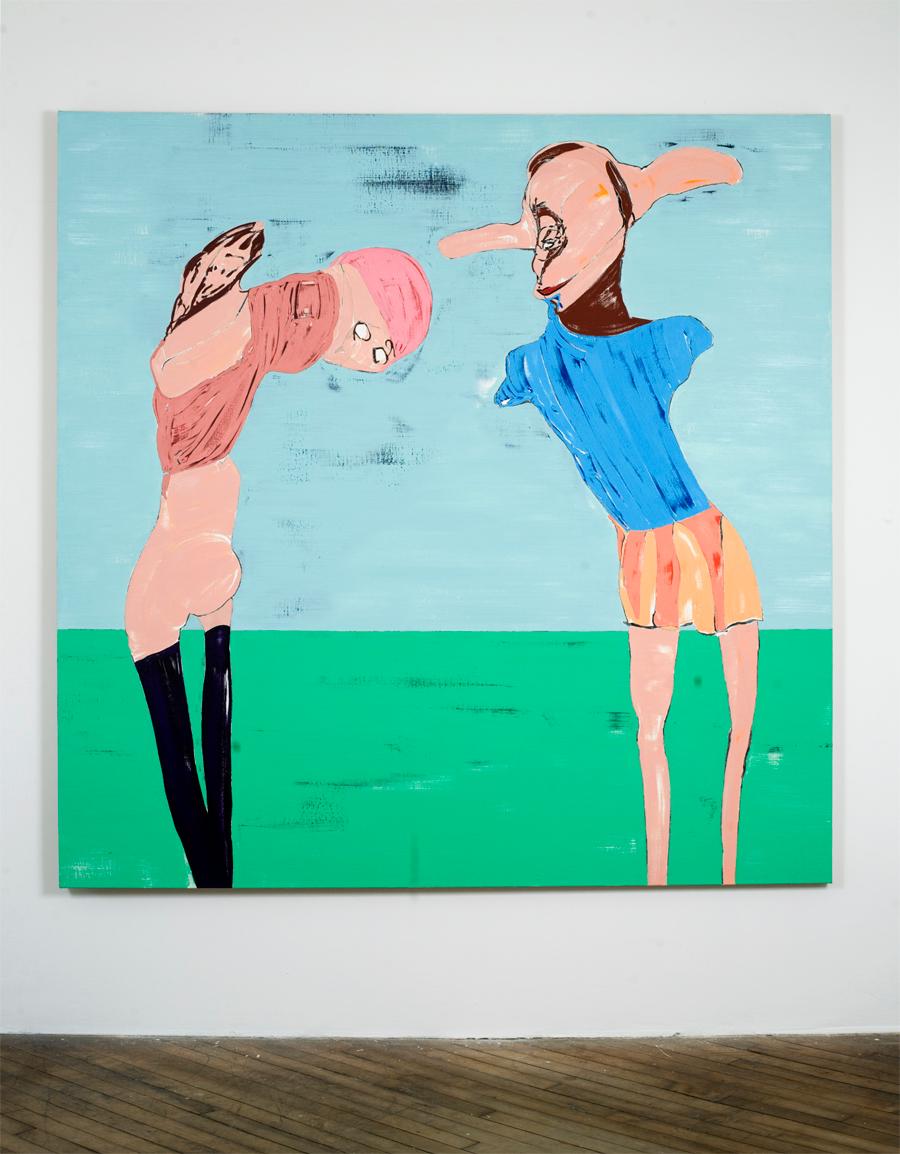
Nicola Tyson, Two Figures Dancing, 2009
Step Two: Buy Investment-Grade Art
We should probably first define what investment-grade art is. Investment grade art is art that is considered by professionals to have a good chance of at least holding its value, and probably of increasing. And that, of course, has everything to do with the artist. The blue chips of art collecting are the bold-name works that tend to cost at least $250,000. This is the realm of major-league collectors whose homes are decorated with your Francis Bacons, your Gerhard Richters, your Yayoi Kusamas. One rung down is the zone of what art people call “mid-career living artists” whose work goes for $50,000 and upward. People who’ve had museum shows and pieces in major private collections but whose names aren’t quite household yet. People like Josh Klein, Rudy Stengel, and Nicola Tyson, to name three current examples. If your price range falls into one of the above categories, you probably don’t need to be reading this. Your art consultant already has you covered. For everyone else, we’d like to introduce you to the most interesting part of the art world: the emerging artist.
Step Three: Get to Know your Emerging Artists
Emerging artists are the guys you’ve probably never heard of, unless you read magazines like Frieze or Art Forum. They’re represented by edgy galleries and people have started talking about them, but they’ve yet to get their paintings into museums or the like. Their works are priced under $10,000. This is our sweet spot. Yes, because this is where astronomical returns are possible.If you want to see what you’re hoping will happen, check out the stories of artists like Alex Israel, or Oscar Murillo, or Lucien Smith. Four years ago, these children of the 1980s were selling their art for under $10,000, and now they’re selling it for up to $1 million.

Sign up for our weekly non-boring newsletter about money, markets, and more.
By providing your email, you are consenting to receive communications from Wealthsimple Media Inc. Visit our Privacy Policy for more info, or contact us at privacy@wealthsimple.com or 80 Spadina Ave., Toronto, ON.
But more important, this is art we can actually afford. Because again, the point isn’t (just) to make money.
To learn how to find great emerging artists, we talked to someone whose job it is to do just that. Joel Mesler, a co-owner of Mesler Feuer art gallery in New York City, who follows the market for a living and represents certifiably hot young painters of the type mentioned above, is just such a guy.
Recommended for you
First, he gave us a cheat sheet. Here are Mesler’s favorite emerging artists of the moment:
Jane Corrigan (from Quebec)
Jon Rafman (from Montreal)
Then he told us how to get started finding people like the above by ourselves.

Emerging artist Jon Rafman, Montreal
Step Five: Follow the Right People on Instagram
“If you follow the right people on Instagram, you can be anywhere in the world and get a sense of which artists are trending or which dealers are trending,” says Mesler, whom you can follow at @joelmesler. Contemporary painter Rashid Johnson (@rashidjohnson), illustrator Jason Polan (@jasonpolany), interior designer Pari Ehsan (@paridust), and private art advisor Benjamin Godsill (@mrgodsill), formerly of the Philips de Pury auction house, regularly post images of new artists whose work they admire; collector Liz Goldman (@lizny3) meticulously documents her visits to galleries and artists’ studios; and museum curators, like the Guggenheim’s JiaJia Fe (@vajiajia), are also part of the conversation. “Fall into the Internet wormhole,” says Mesler.
Step Six: Figure Out How to Actually Buy Something
One way to spend money on art is by buying pieces directly from galleries and dealers who represent individual artists (the primary market) and the other is through auction houses that sell pieces owned by individuals, at a markup (the so-called secondary market). The auction houses have traditionally been democratic enterprises—paintings and sculptures go to the highest bidder, who is required to pay a “buyer’s fee” of up to 25% on top of the sale price (although there’s been recent grousing in the art press about auction houses cutting prearranged deals with favored clients). Galleries and private dealers, however, are another story.
You might think all you have to do is find an artist, and a piece, you like and then write a check. “That’s not how it usually works,” says Mesler. Dealers often have long lists of potential customers for buzzed-about emerging artists. They typically tilt toward their repeat customers, and they are especially wary of investors versus genuine collectors, which makes sense; the profit you make by flipping a painting goes to you, not to the artist or the dealer. You’re free to browse at a gallery, ask all the questions you like about the direction a young artist is moving in, even request to have a painting taken down from the wall so you can inspect the back. But when it comes time to buy, says Mesler, “you can’t just be rewarded for showing up.”To buy a painting by a truly hot artist, be prepared to support the gallery by investing in other artists they represent.“There’s going to be a give-and-take exchange with galleries, where maybe you want to buy a couple of other artists from their program that are not as hot. That’s the way galleries stay in business,” says Mesler.
Whether you buy one painting or two or three, however, a 10% discount is standard. So don’t hesitate to ask.
Step Seven: Know When to Sell
There simply isn’t a formula or timetable for this. Once you’ve bought a work of art from a dealer, you’ll be notified of future sales, and you can easily monitor the prices in both the primary and secondary markets on websites like Artsy.net, Artsalesindex.artinfo.com, and many others. (Some require a subscription.) When the artist you’ve collected is selling for a price you can’t say no to, that’s when to part ways.
Then again, you could always just keep it and pass something beautiful on to your kids.
Wealthsimple's education team is made up of writers and financial experts dedicated to making the world of finance easy to understand and not-at-all boring to read.


